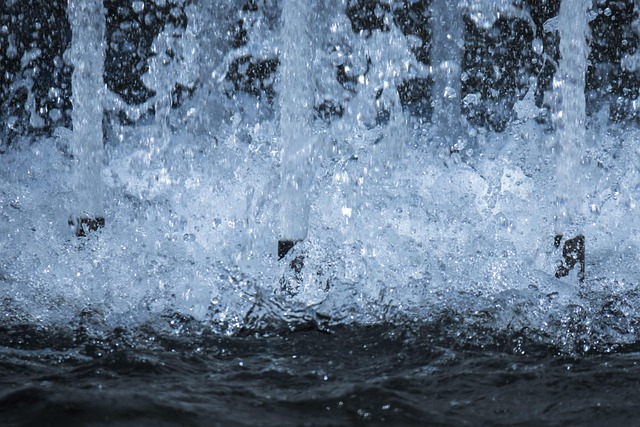Water softeners are essential for improving home plumbing by removing hard water minerals, but they can also cause temporary drops in water pressure due to the softening process. Homeowners should monitor water pressure after installation and address significant decreases, as they may signal issues like mineral buildup, malfunctioning control valves, or improper backwashing cycles. Regular maintenance, including filter cleaning and proper system sizing, is crucial to prevent leaks, optimize water flow, and ensure continuous delivery of softened water at recommended pressure levels.
Is your water pressure dropping despite having a water softener? This comprehensive guide uncovers the mystery behind low water pressure and offers insights on how softeners might be the culprit. We’ll explore the fundamentals of water pressure and its interaction with softeners, delve into common causes, and provide practical troubleshooting tips to ensure you get the optimal water pressure from your softener. By understanding these factors, you can maintain a balanced home water system.
- Understanding Water Pressure and Softeners: The Basics
- Common Causes of Low Water Pressure Due to Softeners
- Troubleshooting and Maintaining Your Water Softener for Optimal Pressure
Understanding Water Pressure and Softeners: The Basics

Water pressure is a vital aspect of home plumbing, ensuring an adequate flow and experience while using water. In many households, water softeners are installed to improve water quality by removing minerals like calcium and magnesium, commonly known as hard water. However, it’s not uncommon for homeowners to notice a decrease in water pressure after installing a water softener. This isn’t always a cause for alarm but warrants investigation, especially if the reduction is significant. Understanding the relationship between water softeners and water pressure is the first step in identifying potential issues or ensuring optimal performance.
The primary function of a water softener is to condition hard water by replacing mineral deposits with softer alternatives, thus preventing build-up in pipes and fixtures. While this process improves water quality, it can slightly reduce water pressure due to the reduced mineral content. Hard water, rich in minerals, acts as a barrier in pipes, allowing water to flow more freely once softened. Therefore, when a softener is installed, the initial drop in pressure may be attributed to this adjustment period. Keeping an eye on the pressure and monitoring any persistent or severe drops can help determine if further action is needed.
Common Causes of Low Water Pressure Due to Softeners

Low water pressure from your taps or showerhead could be due to several factors, especially if you have a water softener installed. Understanding the common causes can help you determine whether your softener is the culprit and if replacement or adjustment is needed. One of the primary reasons for reduced pressure is mineral buildup in the softener’s filter or inside plumbing. Over time, calcium and magnesium deposits, commonly found in hard water, can accumulate, narrowing the water flow and reducing pressure. Additionally, the backwashing cycle, which cleans the softener media, might not be effective if the system is overloaded with minerals, leading to inadequate cleaning and subsequent pressure loss.
Another cause could be a malfunctioning control valve or pressure regulator within the softener. These components are responsible for maintaining optimal water pressure. If either of these parts isn’t functioning correctly, it can disrupt the balance, resulting in lower pressure throughout your home’s plumbing system. Furthermore, issues with the softener’s flow meter or timing controls can lead to inefficient softening processes, causing water pressure to drop.
Troubleshooting and Maintaining Your Water Softener for Optimal Pressure

If your water softener isn’t delivering the pressure you expect, it could be due to various causes of low water pressure. Start by checking if there are any leaks in the system—even a small drip can significantly reduce water flow. Next, ensure that the softener’s backwash and regeneration cycles are functioning correctly; improper scheduling or issues with the control valve can disrupt water flow. Regular maintenance is key; clean or replace filters as needed to prevent buildup that clogs the system. Additionally, verify that the softener is properly sized for your home’s water usage and that the pressure settings are adjusted according to manufacturer recommendations. By addressing these troubleshooting points, you can maintain your water softener for optimal pressure and ensure it continues to provide the benefits of softened water without compromising your home’s water supply.
If your water softener is impacting your home’s water pressure, it’s important to understand the causes and available solutions. By identifying common issues like improper installation, mineral buildup, or outdated equipment, you can take proactive steps to maintain optimal pressure. Regular maintenance and troubleshooting techniques outlined in this article will help ensure your water softener operates efficiently, providing clear water without compromising flow. Remember, addressing low water pressure promptly is key to avoiding costly repairs and enhancing your household’s overall comfort.
